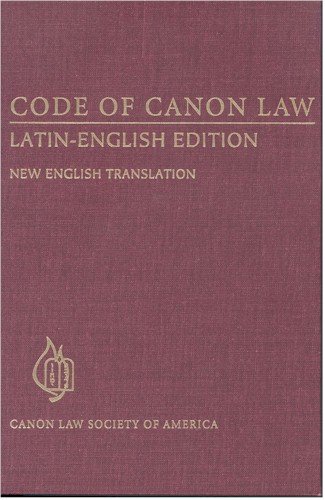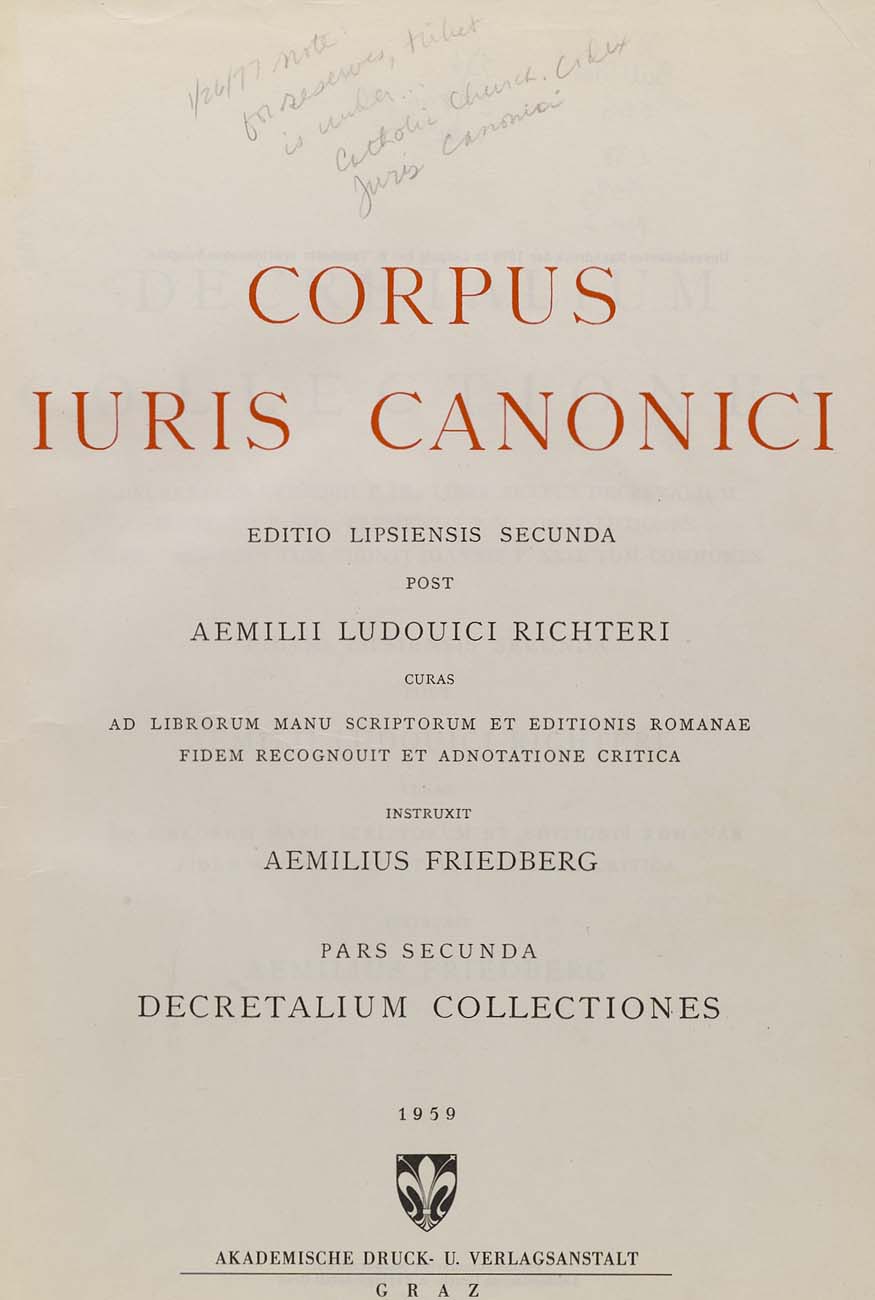The following is a guest post by Dante Figueroa, Senior Legal Information Analyst at the Law Library of Congress. Dante has previously written blog posts on canon law and the papacy: Canon Law Update; Citizenship in the Vatican City State;Medieval Canon Law; and The Papal Inquisition in Modena.
The posting Canonical Rules on the Resignation of a Pontiff, and the Election of a New Pontiff (part II of II) was published on February 22, 2013, based on the canonical rules extant at that date. On that same day, Pope Benedict XVI enacted themotu propio on Some Modifications of the Norms Concerning the Election of the Roman Pontiff, which amended the Apostolic Constitution Universi Dominici Gregis. The motu proprio is to enter into effect upon its publication inL’Osservatore Romano (the Vatican’s official newspaper). To date, the official version of the motu propio is available only in Italian, Latin, and Portuguese and has not been published in L’Osservatore Romano.
Below I offer a fresh summary of this canonical legislation, which amends a significant number of rules governing the papal electoral process. The following describes the effects of this legislation:
1. It reinforces and expands rule No. 35, which prohibits the exclusion of cardinal electors in cases when they express their voice during balloting that does not result in an election of a pontiff.
2. It amends rule No. 37, which formerly required a fifteen-day waiting period. The purpose of the waiting period — which is effective from the date when the papal office becomes Sede Vacante – is to allow for the assembly of the Conclave (cardinal electors) to arrive atVatican City. That is, the new rule allows the College of Cardinals to anticipate the beginning of the Conclave when all the cardinal electors are present atVatican City.
3. It reinforces rule No. 43 which states that during the electoral process within Vatican City, all due measures must be adopted to ensure the discretion and the free development of all operations related to the election of a pontiff.
4. It indicates that all persons (other than cardinal electors) who participate in the electoral process—irrespective of their capacity— must take the oath included in rule No. 48 before initiating the election.
5. It clarifies the application of the absolute secrecy rule No. 47. It provides an admonishment–concerning all matters related to the election of a pontiff—to all those who in any way or at any time learn anything from any source, directly or indirectly, regarding the election process, and in particular regarding the voting that takes place during the election itself.
6. It emphasizes the absolute secrecy rule—with regard to the events occurring in the Sistine Chapel, where the voting takes place, and in the adjacent areas, before, as well as during and after the voting rule No. 55.3– by establishing that the only penalty applicable for the violation of the absolute secrecy rule is excommunication latae sententiae (immediate).
7. It provides the same penalty (excommunication latae sententiae) for the violation of absolute secrecy rule No. 48, which is applicable to the cardinal electors and to those who in whatever capacity participate in the electoral process.
8. It specifies who, other than the cardinal electors, can participate in the solemn procession. The solemn procession is the rite in which the cardinal electors proceed from the Pauline Chapel of theApostolicPalaceto the Sistine Chapel for the election in accordance with rule No. 50.
9. It provides that if the supermajority of two-thirds is not reached during the required voting, then a day of prayer, reflection and dialogue shall follow. The two persons who have received the highest number of votes shall have a passive voice, and the supermajority quorum is still required for the subsequent voting in accordance with rule No. 75.
10. It specifies that after the newly-elected pontiff assumes the office of his canonical election, the Master of Papal Liturgical Celebrations, in his capacity as notary in conjunction with two Masters of Ceremonies as witnesses, shall draft a document certifying acceptance by the new pope and specifying the name he will take in accordance with rule No. 87.
In short, the new rules aim to reinforce the absolute secrecy rule and to restrict or secure against any type of external influence over the cardinal electors during the election process.










